Churchill Babington was an English classical scholar, archaeologist and naturalist. He served as Rector of Cockfield, Suffolk. He was a cousin of Cardale Babington.
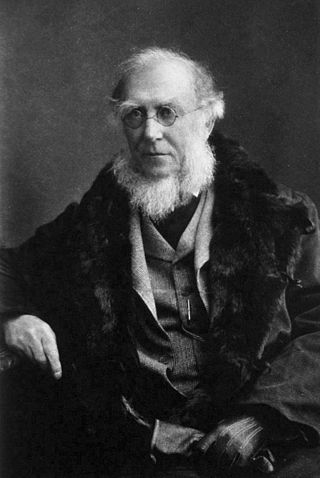
Sir Joseph Dalton Hooker was a British botanist and explorer in the 19th century. He was a founder of geographical botany and Charles Darwin's closest friend. For 20 years he served as director of the Royal Botanical Gardens, Kew, succeeding his father, William Jackson Hooker, and was awarded the highest honours of British science.
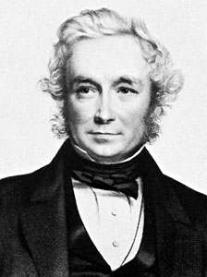
John Stevens Henslow was an English Anglican priest, botanist and geologist. He is best remembered as friend and mentor to his pupil Charles Darwin.
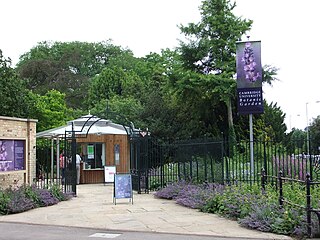
The Cambridge University Botanic Garden is a botanical garden located in Cambridge, England, associated with the university Department of Plant Sciences. It lies between Trumpington Road to the west, Bateman Street to the north and Hills Road to the east.
Stuart Max Walters was a British botanist and academic.

The Cambridge Philosophical Society (CPS) is a scientific society at the University of Cambridge. It was founded in 1819. The name derives from the medieval use of the word philosophy to denote any research undertaken outside the fields of law, theology and medicine. The society was granted a royal charter by King William IV in 1832. The society is governed by an elected council of senior academics, which is chaired by the Society's President, according to a set of statutes.
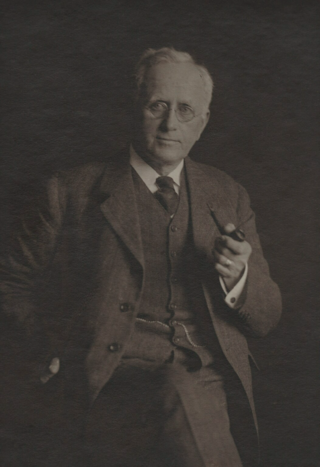
Sir Albert Charles Seward FRS was a British botanist and geologist.

Leonard Jenyns was an English clergyman, author and naturalist. He was forced to take on the name Leonard Blomefield to receive an inheritance. He is chiefly remembered for his detailed phenology observations of the times of year at which events in natural history occurred.

George Henry Verrall was a British horse racing official, entomologist, botanist and Conservative politician.
Thomas Hughes Corry was an Irish botanist. He drowned at the age of 23 but was credited as a co-author of Flora of the North East of Ireland with S.A.Stewart.
William Allport Leighton was an English Church of England clergyman and botanist.

Alfred Fryer, was an English naturalist and authority on the pond weeds or Potamogetons.
William Borrer was an English botanist noted for his extensive and accurate knowledge of the plants of the British Islands.
Extracts from Letters to Henslow, taken from ten letters Charles Darwin wrote to John Stevens Henslow from South America during the second survey expedition of HMS Beagle, were read to the Cambridge Philosophical Society on 16 November 1835 by Henslow and Adam Sedgwick, followed on 18 November by geological notes from the letters which Sedgwick read to the Geological Society of London. On 1 December 1835 they were printed as a pamphlet for private distribution.

Anne Henslow Barnard (1833–1899) was a 19th-century botanical artist.
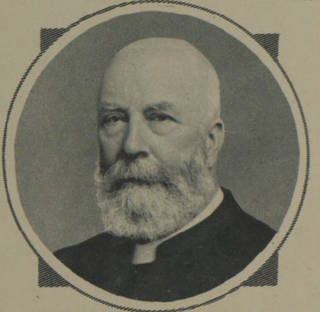
George Henslow was an Anglican curate, botanist and author. Henslow was notable for being a defender of Lamarckian evolution.

Frances Harriet Hooker was an English botanist.

Rachel Ford Thompson was an English botanist and temperance activist.
George Bitton Jermyn (1789–1857) was an English cleric and antiquarian, known for his topographical and genealogical studies of Suffolk.

William Williamson Newbould was an English botanist.













